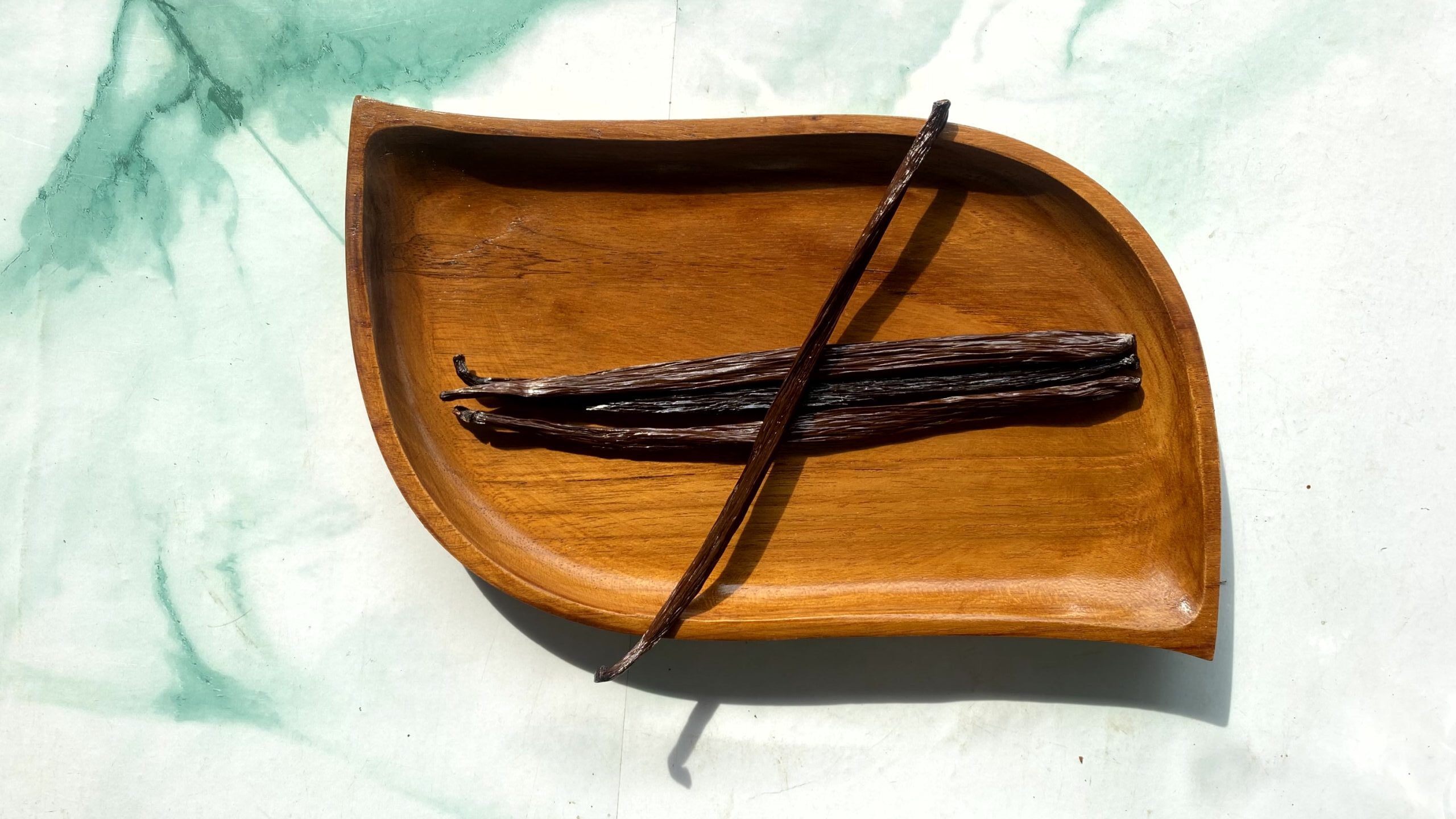Vanilla is one of the highly valued spices widely used across various industries such as food, beverages, perfumes, and cosmetics. This plant, scientifically known as “Vanilla planifolia Andrews”, originates from the Mesoamerican region, specifically the area now known as Panili, Mexico. Historically, the Totonac tribe is recognized as the first community to cultivate vanilla. After their conquest by the Aztec tribe, vanilla became widely used as an ingredient in a traditional chocolate drink called cacahuatl. This drink was not only consumed daily but also played a significant role in religious ceremonies and the lives of Aztec nobility, indicating the great value of vanilla at that time.
Vanilla’s journey to the Western world began in 1519 when Spanish explorer Hernán Cortés arrived in Mexico. He brought back various exotic plants to Europe, including cocoa beans and vanilla. Since then, vanilla became known in Europe, although its use was initially very limited. In 1602, an English royal apothecary named Hugh Morgan suggested using vanilla as a flavor and aroma enhancer in food and drinks. This suggestion marked the beginning of vanilla’s growing popularity among European aristocrats, who regarded it as a luxury ingredient with a unique aroma and pleasant taste.
By the 18th century, vanilla use was no longer confined to the culinary world. It began to be added to products such as alcohol, tobacco, and perfumes. The expanding use of vanilla led to a sharp increase in market demand. In 1721, efforts to cultivate vanilla in Europe began; however, unsuitable climate conditions and the absence of natural pollinators made cultivation extremely difficult. Vanilla requires a tropical environment and a complex manual pollination process, causing Europe to fail as a center for vanilla production.
Significant progress in vanilla cultivation occurred in 1819 when Dutch botanist Prof. Dr. Caspar Georg Carl Reinwardt introduced vanilla to Indonesia. The plant was brought to the Bogor Botanical Gardens and began to be developed in tropical regions across the archipelago. The arrival of vanilla in Indonesia marked a crucial point in the global spread of vanilla. Due to Indonesia’s suitable climate for cultivation, vanilla grew well and gradually positioned Indonesia as one of the world’s largest vanilla producers. Besides Indonesia, the main vanilla-producing countries today include Madagascar, Mexico, Papua New Guinea, China, Turkey, and the Kingdom of Tonga.
Madagascar is known as the world’s largest producer of vanilla, especially the Bourbon variety which is very popular in international markets. Meanwhile, vanilla from Indonesia is renowned for its strong aroma and distinctive flavor profile. Global demand for vanilla continues to increase despite the challenges and lengthy cultivation process. It takes approximately three to four years for vanilla plants to bear fruit. Additionally, pollination must be done manually, flower by flower, making vanilla cultivation one of the most demanding in agriculture.
Today, vanilla products are distributed worldwide and used as key ingredients in making ice cream, cakes, candies, soft drinks, and premium perfumes. Although synthetic vanilla, which is cheaper, exists, many high-end food and cosmetic industries still rely on natural vanilla for its unmatched aroma and flavor quality. Vanilla is not just a spice; it symbolizes a long history of cultural exchange, global trade, and agricultural innovation that continues to evolve to this day.



